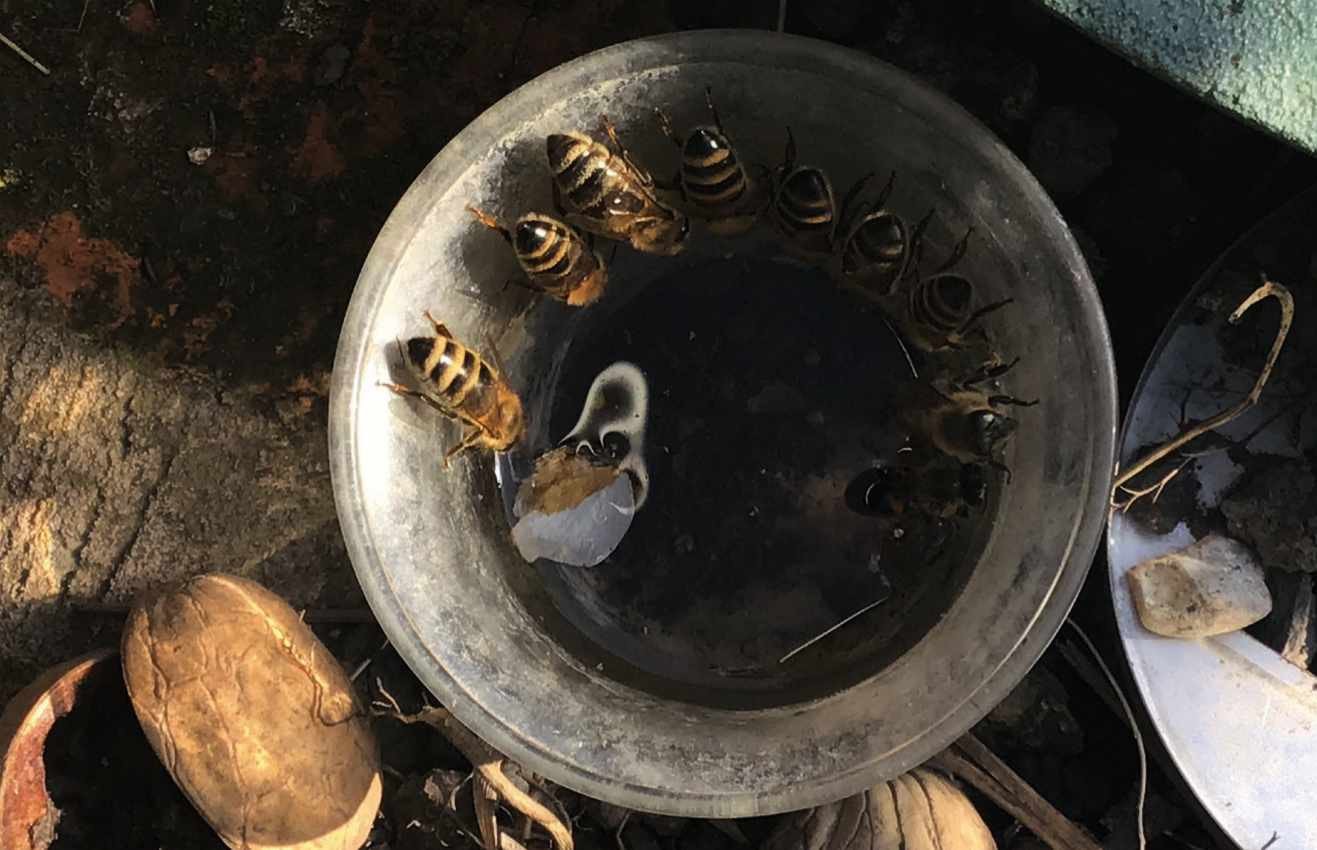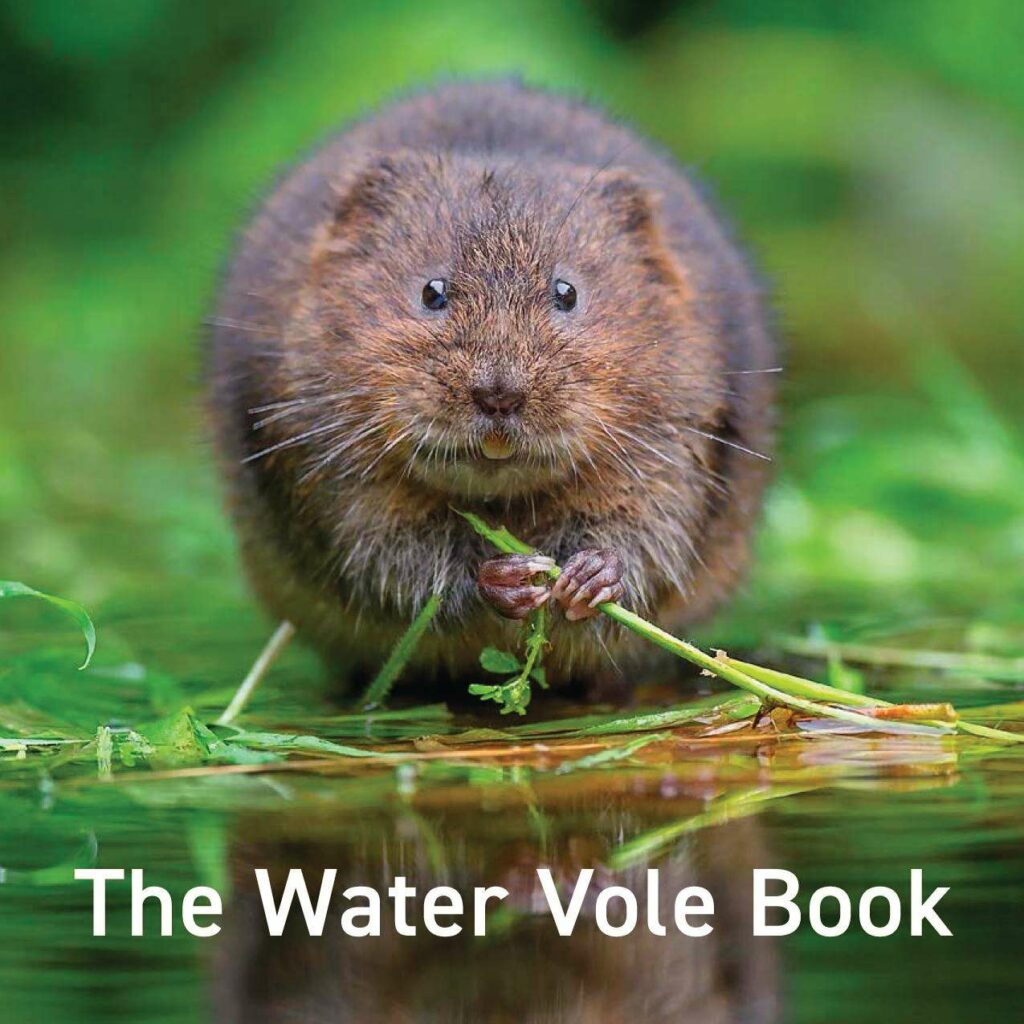HAVE YOUR SAY ON RURAL ISSUES
Share your views and opinions by writing to us at:
Have your say: BBC Countryfile Magazine, Eagle House, Bristol BS1 4ST; or email editor@countryfile.com, tweet us @CountryfileMag or via Facebook facebook.com/countryfilemagazine
*We reserve the right to edit correspondence
Letter of the month
WILD ENCOUNTERS

I relate so closely to Ellie’s sentiments in her April column and delight in the way they are expressed: “with all ‘I come in peace’ vibes”. Her article about memorable wildlife encounters has great meaning to me. Such events are imprinted in my memory; a joyful recollection when I am feeling down.
Every day, I walk my Patterdale terrier Isca for over an hour through the wildlife meadow behind me (of which I am steward) and into the woods, alert to sound or movement. So is Isca. I freeze when she stops; her left forepaw lifted. Two years ago, she flushed a huge male otter, which had to swerve to avoid me.
Several days ago, I was standing quite still in a derelict orchard while my Labrador roamed in total darkness. A barn owl, which was residing in nearby converted farm buildings, flew round and round me about 1.5m off the ground.
I have many stories, but one in particular, camping 50-odd years ago with my family on the shores of Loch Sunart, will never be forgotten. The farmer was plagued by rabbits and asked me if I could shoot some with his ancient Hammer 12. When I reached the warren I was memorised by the shaft of moonlight on the still water. Also excited as there appeared to be a seal coming straight towards me. Then I saw the antlers, surely a 12 pointer, and was stunned when the deer came ashore six metres in front of me, shook himself and wandered off. I shall be feasting on the memory when I go back to this spot.
Fergus Collins replies: Thank you for these lovely images. I particularly enjoyed your barn owl encounter. I was recording a podcast in Wiltshire once upon a time and a barn owl almost flew into me. You can hear the recording on our Plodcast (episode 23).
THE PRIZE

This month’s star letter wins a Light My Fire Picnic Set for four, worth £66.95. Made from BPA-free biobased plastics, the set is microwave and dishwasher-safe and includes four StackPlates, four MyCup’n Lids and four Sporks. Lightweight, compact and stackable, the set is super portable for all your picnics and outdoor dining adventures. berryuseful.co.uk
HATTERSLEY’S ORIGINS
I’m from Hattersley. It’s a council estate near Stockport, Manchester and Derbyshire, surrounded by a valley. There once was a pub there and in the pub there was a photo showing how Hattersley got its name; it was once overrun with adders and originally called Addersley. Do you or any of your readers have any information on this? I can’t find anything online; any help would be appreciated.
BEES NEED WATER TOO
I have a shallow birdbath in my garden that I have filled with gravel because the bees like to drink from it, but in warmer windy weather it dries out.
I had fetched water to top it up when I noticed these little chaps getting their fill from a birdseed bowl that had collected water. It’s not the most professional photo, just a snapshot, but I thought I should share it with you (above).

BADGERS VS HEDGEHOGS
Whenever there’s discussion about the tragic decrease in the hedgehog population, there is never any mention of one of the contributing causes of their decline. I’m sure that one of the reasons hedgehog numbers have decreased is because badgers eat them. Friends of ours have actually seen badgers eating hedgehogs!
Since badgers have been protected, their numbers have increased, and this is probably the reason why hedgehog numbers have decreased. We live in the countryside, where there are numerous badgers, and we have not seen a hedgehog for decades! Should some consideration be given to finding a way to protect hedgehogs from badgers?!
Hedgehog ecologist Hugh Warwick replies:
Badgers are the main predator of hedgehogs in the UK, after us, of course. If you plot the distribution of the two species, you will find that high badger numbers do tend to correlate with a low hedgehog population. This is work that the British Hedgehog Preservation Society (BHPS) and the Peoples’ Trust for Endangered Species have been funding; it is published in the scientific literature.

It is all too easy to leap to the conclusion that the hogs are being eaten, but it is not as simple as that. They have an asymmetric intraguild predatory relationship – essentially, they are competitors for the same food until the wider ecosystem becomes degraded. And even then, it seems that the main issue is the badgers creating a landscape of fear, restricting the ability of hedgehogs to move about as freely. The answer is clear: we need our farmed landscapes to be biodiverse and bioabundant enough to allow these two species to live side by side, as they have been doing since the retreat of the last ice sheet over 10,000 years ago.
Hugh is an author, ecologist and spokesperson for the BHPS. His most recent book is The Water Vole Book (Graffeg).
CORRECTION Our apologies for incorrectly crediting the gorgeous images of caterpillars on page 13 of our June issue. The images were also not to scale. The illustrator is wildlife artist Richard Lewington, illustrator of the book Field Guide to the Caterpillars of Great Britain and Ireland by Barry Henwood and Phil Sterling (Bloomsbury Information).
POETRY CORNER
Thirlmere Reservoir
In last year’s heatwave when the reservoirs were depleted, the water level at Thirlmere Reservoir in the Lake District was so low that part of the submerged village of Wythburn was exposed. This poem came to me.
When the morning
is still and quiet
The west wind rests
amongst the leaves.
Robins thrill from
moss-dappled stones.
Liverworts and lichens
drip from tree trunks.
The sun rises before
the moon has set
And silver birch bark
glows white in the dawn.
I walk the forest trails
listening to the boulders,
Older than the woods
in which they lie,
Sing their songs of times gone by.
When Mother Nature
sketched this landscape
From fire and ice
and all the wild places
Had yet to feel the touch of man.
At Thirlmere they sing
of a hidden Atlantis
Of rock and stone
and cobbled lanes,
Of hearth and home
and field and barn.
Of love and laughter
and life and death.
An old packhorse bridge
spanning a beck.
Sleepy hamlets
and scattered hill farms.
All gone now. Drowned
In the damming of the lake.
But the stones remember.
Sleeping in their mossy beds
They dream of Armboth
and Wythburn
Whose ghostly forms
lie beneath the mere.